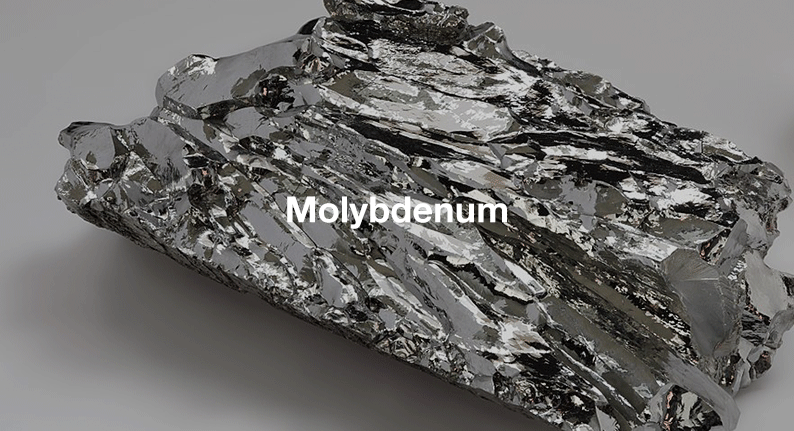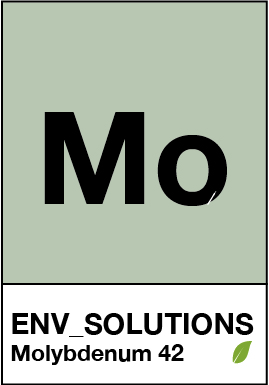Molybdenum Metal Profile
07 Apr, 2020 8:40 AM / by Quek Leng Chuang

This silvery white base metal plays an important part not only in industries, but also for biological processes in human bodies, animals and plants. It’s one of the many metals we recover at Environmental Solutions (Asia). Here is an outline of the origin and applications of this precious metal.
1. Facts and figures
- Chemical name Mo42
- one of the highest melting points of all elements (2623 degrees Celsius)
- Until 1778, it was mistaken for graphite
- Molybdenum is an important trace element for the human body as well as plants and animals
2. Natural occurrence and mining

Molybdenum is usually not found free but in ores such as molybdenum disulfide, wulfenite and powellite. Molybdenum disulfide appears like a crystal and shows a grey to blue violet color. In pure form, molybdenum could only be found in Russian Kamtschatka as well as in several stone samples of the moon.
Most of the world’s molybdenum is mined in China (130 000 tons), Chile (61 000 tons), the US (42 000 tons) and Peru (28 000 tons). In former years, a greater share of molbydenum was mined in the US.
Only 30% of molybdenum is mined through molybdenum ore, the remaining percentage is mainly a byproduct of copper production. Through several processes at high temperatures, molybdenum can be obtained from ore.
As there are nearly no losses due to oxidation, the metal is 100% recyclable! Still, recycling rate currently is at only 20%. Studies however show that as molybdenum production continues to increase, resources are likely exhausted within a single century. As there are not many possibilities to substitute it, molybdenum recycling is extremely important to secure future supply.
3. Applications
More than ⅔ of the molybdenum used today is for alloys such as ferro-molybdenum. Due to its chemical properties, it hardens metals and strengthens their resistance against corrosion and heath. Therefore, it is useful to produce parts of applications for aircraft, aerospace and metallurgy.
Also, it serves as a catalyst to remove sulfur in petroleum industry. Moreover, it is a part for thin-film solar cells where it serves as a return conductor. As it has an extremely high melting point, it is also useful for products that have to stay lubricated even under high temperatures.
Molybdenum is even used to impregnate cloth due to its high melting point, and in roentgen diagnostics.
As a trace element, molybdenum is essential for all living organisms. It serves as an important component of enzymes there. Even if soils do not contain enough molybdenum, they are less fertile. Also for human beings, molybdenum is important and intake is usually sufficient when following a normal diet.
Even though molybdenum is one of the heavy metals, it does not show strongly poisonous properties. For molybdenum poisoning, high intakes would be required. Therefore, it is comparably unlikely.

4. An Alternative to Mining
Environmental Solutions (Asia) helps companies to turn the cost of managing their waste materials to potential revenue. For more information, please contact us.
Topics: Metal Waste, Reimagining Sustainability
Written by Quek Leng Chuang
LengChuang is a chemical engineer and an expert in carbonomics. He is the founder and owner of Environmental Solutions (Asia) Pte Ltd.
